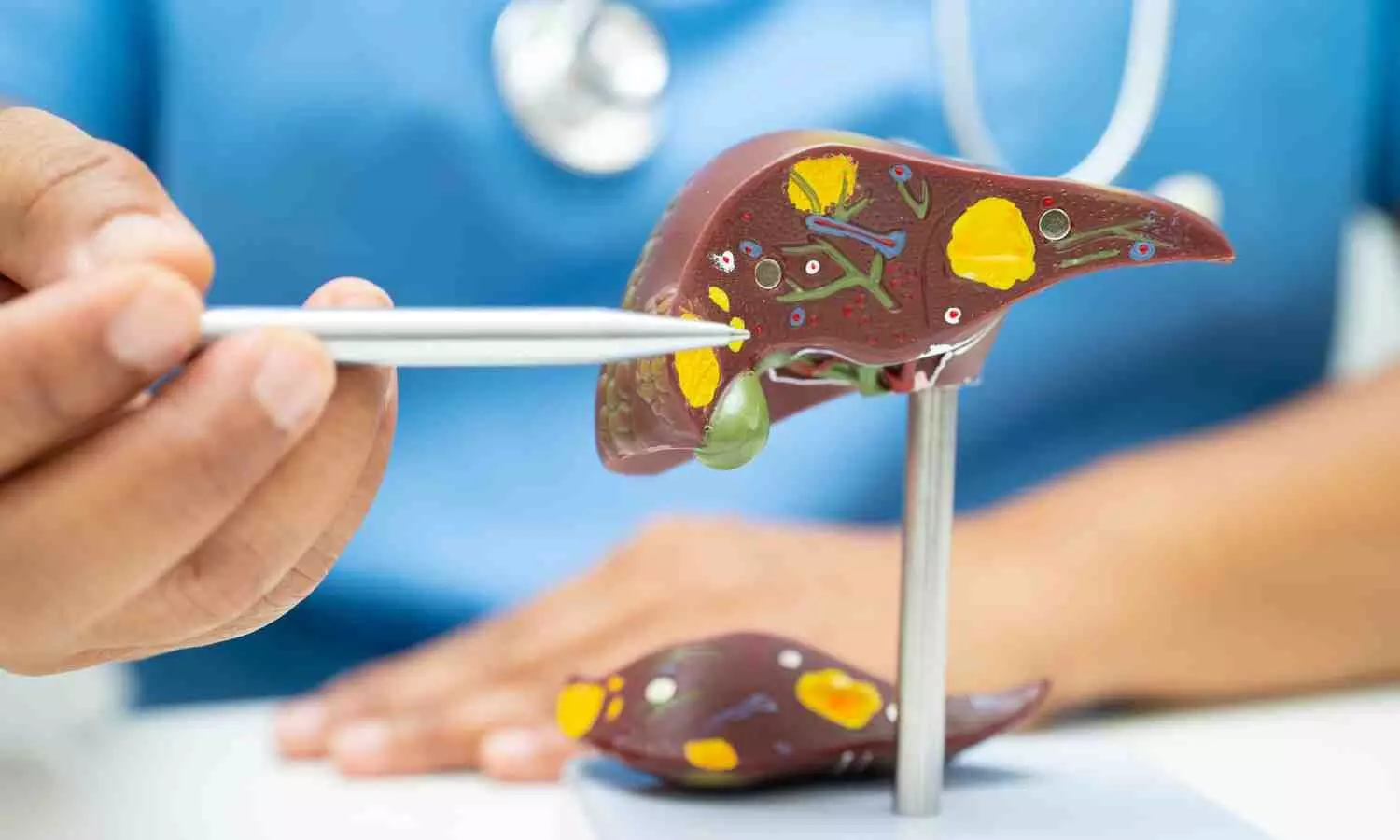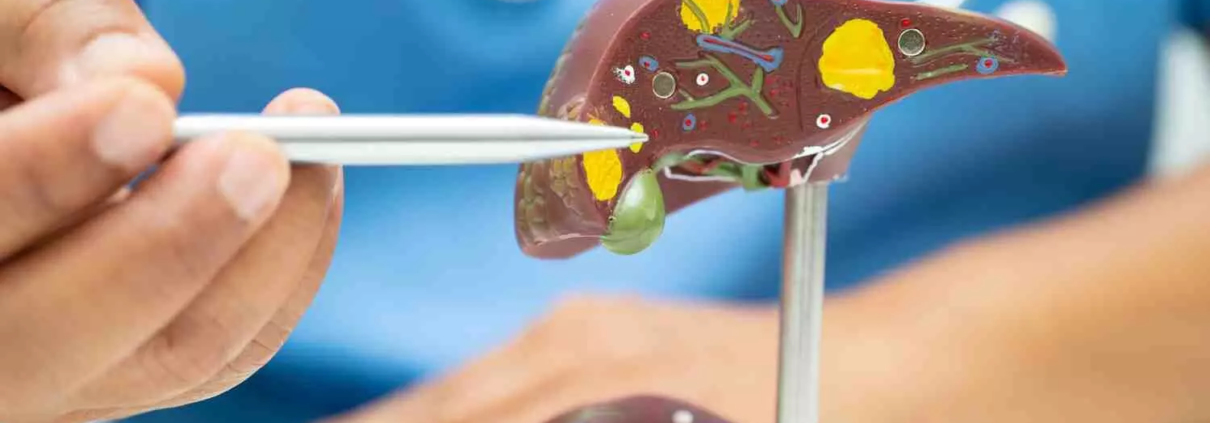Increasing eGDR levels reduces risk of liver fibrosis and MASLD: BMC Study

A new study published in the journal of BMC Endocrine Disorders showed that increasing estimated glucose disposal rate (eGDR) levels reduced the risk of liver fibrosis by up to 95% and metabolic dysfunction-associated steatotic liver disease (MASLD) by up to 87% when compared to the lowest eGDR levels.
MASLD is now the most common cause of chronic liver disease, with a global incidence of about 30% in adults. Type 2 diabetes, hypertension, obesity, dyslipidemia, and cardiovascular disease are all significantly correlated with MASLD, which has been identified as a metabolic disorder. There is proof that the development of MASLD is significantly influenced by insulin resistance (IR), which is also connected to the advancement of liver fibrosis.
Triglyceride glucose index (TyG index), estimated glucose disposal rate, and homeostasis model assessment-insulin resistance (HOMA-IR) are some of the noninvasive techniques that have been proposed by several researchers to measure IR. Thus, this study was to evaluate the relationship between eGDR and MASLD and liver fibrosis.
Nearly, 3,100 individuals from the 2017–2018 National Health and Nutrition Examination Surveys (NHANES) were included in this study. Binary logistic regression analysis was utilized to investigate the connection between eGDR and MASLD and liver fibrosis. The capacity of eGDR to detect MASLD was estimated using the receiver operating characteristic (ROC).
The participants’ average age was 54.59 (17.29) years, and 49.26% of them were female. Liver fibrosis was seen in 11.15% of cases and MASLD in 62.19% of cases. With βs of -15.18 and -0.74 (all p < 0.01), respectively, eGDR was negatively correlated with the controlled attenuation parameter (CAP) and liver stiffness measurement (LSM) in the fully adjusted models.
With odds ratios (ORs) and 95% CIs of 0.53 (95% CI: 0.48-0.74) and 0.40 (95% CI: 0.28-0.57) (all p < 0.01), eGDR was negatively associated with MASLD and liver fibrosis. The eGDR’s area under the curve (AUC) for detecting liver fibrosis and MASLD is 0.75 and 0.74, respectively.
Overall, easy, accurate, and affordable ways to identify MASLD are needed in clinical practice and epidemiological research. Regular blood tests can efficiently monitor eGDR, a biomarker that may be obtained through routine testing. Consequently, eGDR could be a useful method for the non-invasive diagnosis of MASLD patients.
Source:
Liu, W., Li, X., Chen, L., & Luo, X. (2025). The association between estimated glucose disposal rate and metabolic dysfunction-associated steatotic liver disease and liver fibrosis in US adults. BMC Endocrine Disorders, 25(1), 67. https://doi.org/10.1186/s12902-025-01891-7



